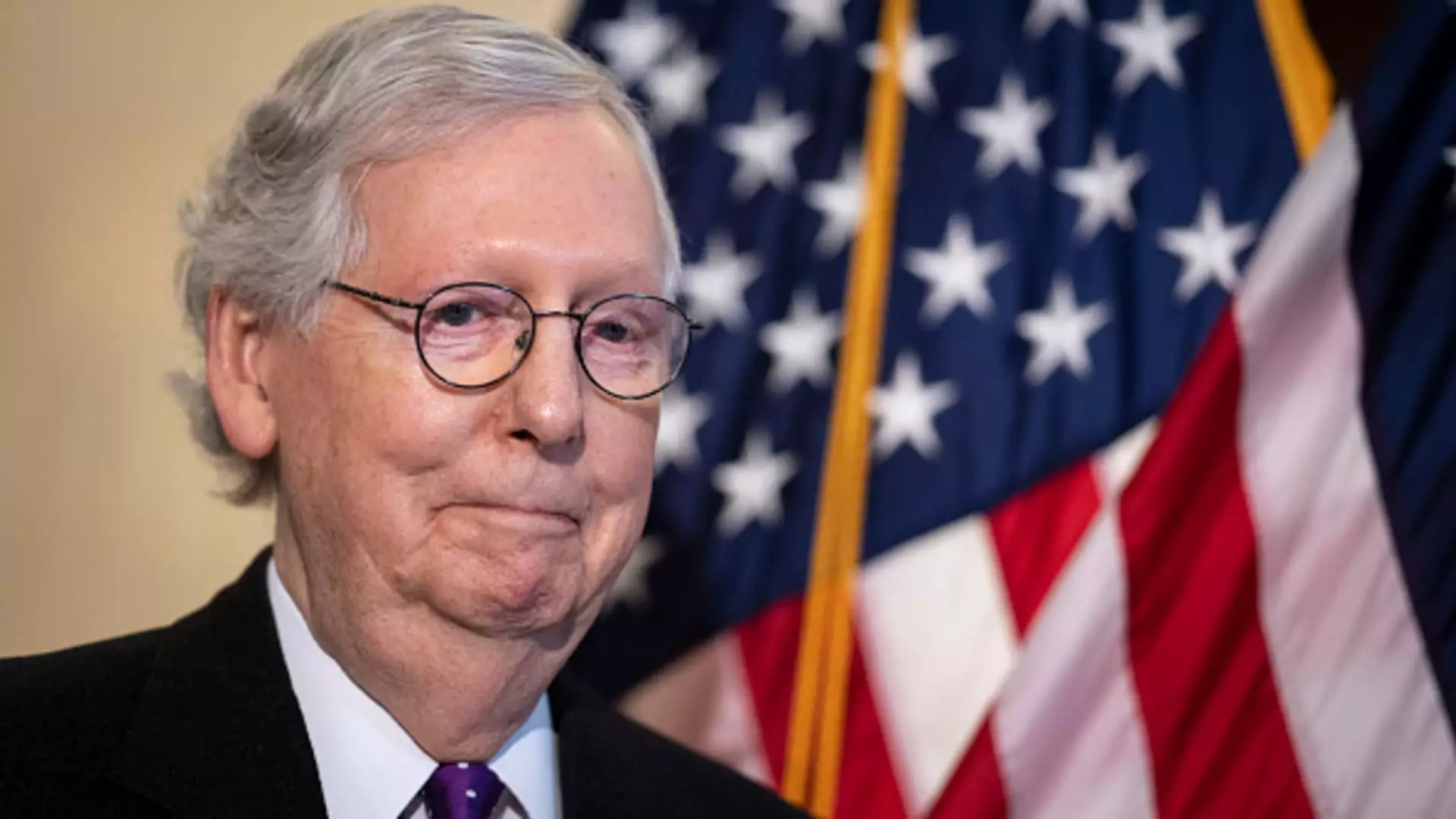The political climate as the U.S. approaches the 2025 Senate elections suggests a notable shift in power dynamics, with Republicans poised to reclaim majority control of the chamber. Recent analyses indicate that, following the latest elections, Republicans could secure at least 51 out of the 100 Senate seats, emphasizing a strategic advantage over their Democratic counterparts. While the Democrats currently boast a slight edge with 47 seats along with four independents who caucus with them, this advantage appears precarious in the face of looming electoral challenges.
Republicans are embarking on their electoral journey with a stronger hand, defending only 11 seats, in contrast to the 23 seats the Democrats are striving to protect. This uneven distribution of vulnerable seats could significantly affect the upcoming electoral battle. The GOP’s strategy hinges on capitalizing on their incumbency and avoiding contentious primaries, providing them with a potentially easier path towards increasing their seat count.
This cycle’s unique assignments have rendered certain races crucial exceptions in the larger narrative. Notably, states like Ohio and West Virginia could dictate the power balance in the Senate. The anticipated defeat of long-standing Democratic incumbents such as Sen. Sherrod Brown and retiring Sen. Joe Manchin, who switched allegiance from Democrat to independent earlier this year, illustrate a broader trend of shifting party loyalties that may contribute to the Republican resurgence.
As the elections draw near, the staggering financial investment reveals a battleground rife with competition. Over $1 billion is projected to be spent on only three significant races in Montana, Ohio, and Pennsylvania. This figure underscores the importance of these races to both parties, illustrating how critical each seat is within the broader context of Senate control. The heavy financial stakes signal an urgency not just for retaining power but also for ideological strongholds, with both parties likely to pour resources into what has become an increasingly polarized political atmosphere.
The shifting allegiances and electoral strategies reveal a fundamental transformation within American political landscapes. The Republican Party appears to be capitalizing on dissatisfaction with the current Democratic administration, utilizing a narrative that frames Democrats as vulnerable and out of touch with wide segments of the electorate. Moreover, the influx of diverse Republican candidates in pivotal states may enhance the party’s appeal to a broader demographic seeking change.
While the prediction of a Republican majority in the Senate is rooted in observable trends, the outcome will undoubtedly depend on the electoral engagement of the populace, strategic campaigning, and the ability of both parties to resonate with voters’ evolving priorities. As the dust settles from recent elections, it becomes clear that the 2025 Senate races will not only be a referendum on party control but also a reflection of the American electorate’s shifting sentiments and political aspirations.

Leave a Reply